Charging your electric vehicle is easy, you plug it into your vehicle supply equipment, adapter, or charging station. You need to charge your vehicle regularly and the length of time it takes for your vehicle to charge will depend on various things. The type of equipment you are using, the batter type, the amount of range left on your battery between charges, and the battery's energy capacity will all affect the time. Charge times can vary from 20 minutes to longer than 20 hours depending on those variances.
There are different classifications of power provided to your electric vehicle battery. Some convert AC power to DC electricity and some are DC fast charging, which provides DC electricity to your vehicle.
AC 120 Volt
This requires you to use a cord with a standard household plug and the other end has a connector standard to your vehicle requirements. This is a common household option because there is no installation required of other equipment. AC 120 Volt charging works anywhere there is a 120 Volt outlet available, which is pretty much anywhere. This type of charging can add up to 5 miles of range per hour, depending on your battery and vehicle type.
AC 220/240 Volt
220 Volt charging can require you to install the correct outlet for this service or you can use your appliance outlet. Many homes have 220 Volt appliance outlets, most commonly used for your dryer. If you get an adapter you can turn your 220 Volt dryer outlets into an electric vehicle charging station at your own home. This is convenient for overnight charging. This type of charge can add up to 60 miles of range per hour of charge time, depending on your battery and vehicle.



DC Rapid Charging
DC rapid charging is 480 Volts of AC, allowing for rapid charging. This type of charge can add up to 100 miles of range in as little as 20 minutes of charging. This type of charge is used at charging stations and is great for areas of heavy traffic.
You can find charging stations nearby or along your scheduled route by using this link: afdc.energy.gov/locator/stations
If you want to install any type of equipment for 220 Volt charging into your home or office, you may need to obtain a permit, be required to hire a licensed electrician, and have an inspection done, depending on your local, state, or government codes and safety regulations.
If you are an electric vehicle owner, share with us what your setup is for charging your vehicle at home. Leave your thoughts in the comments below.



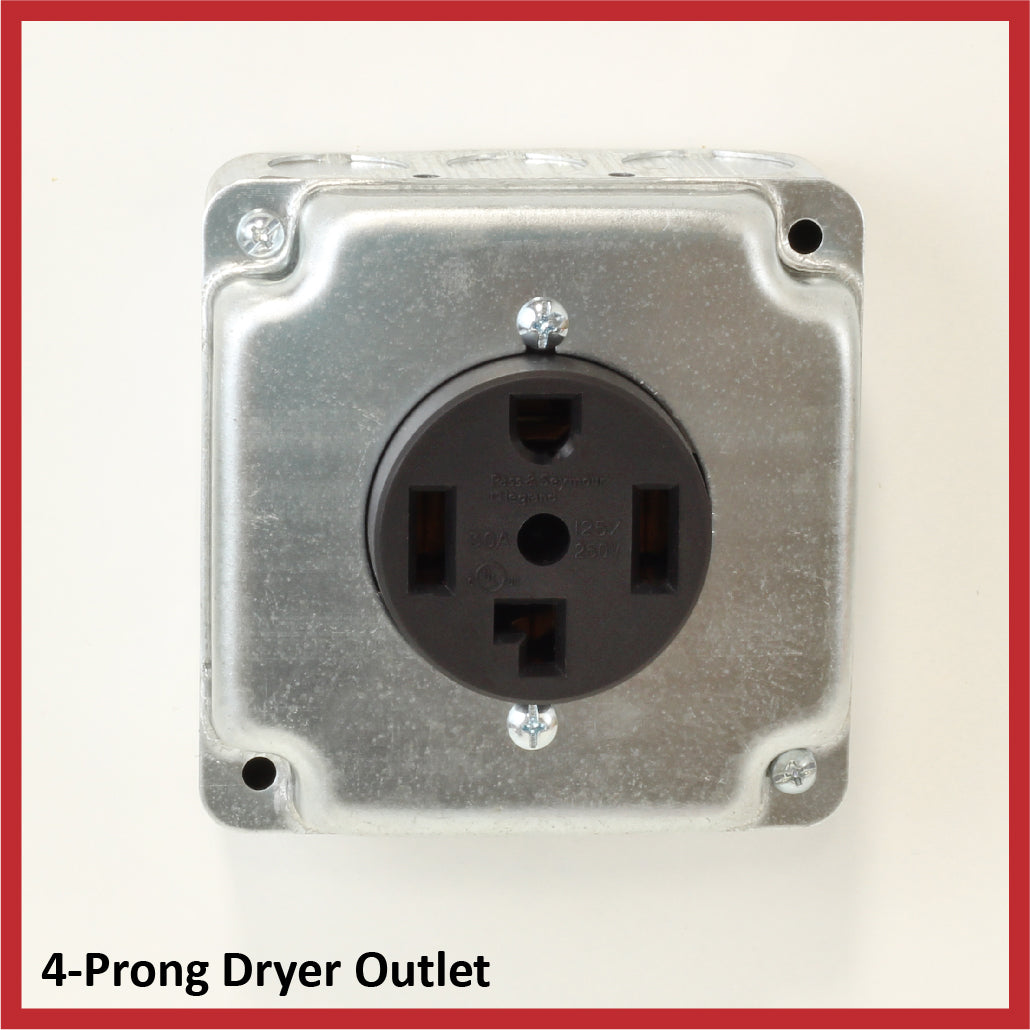
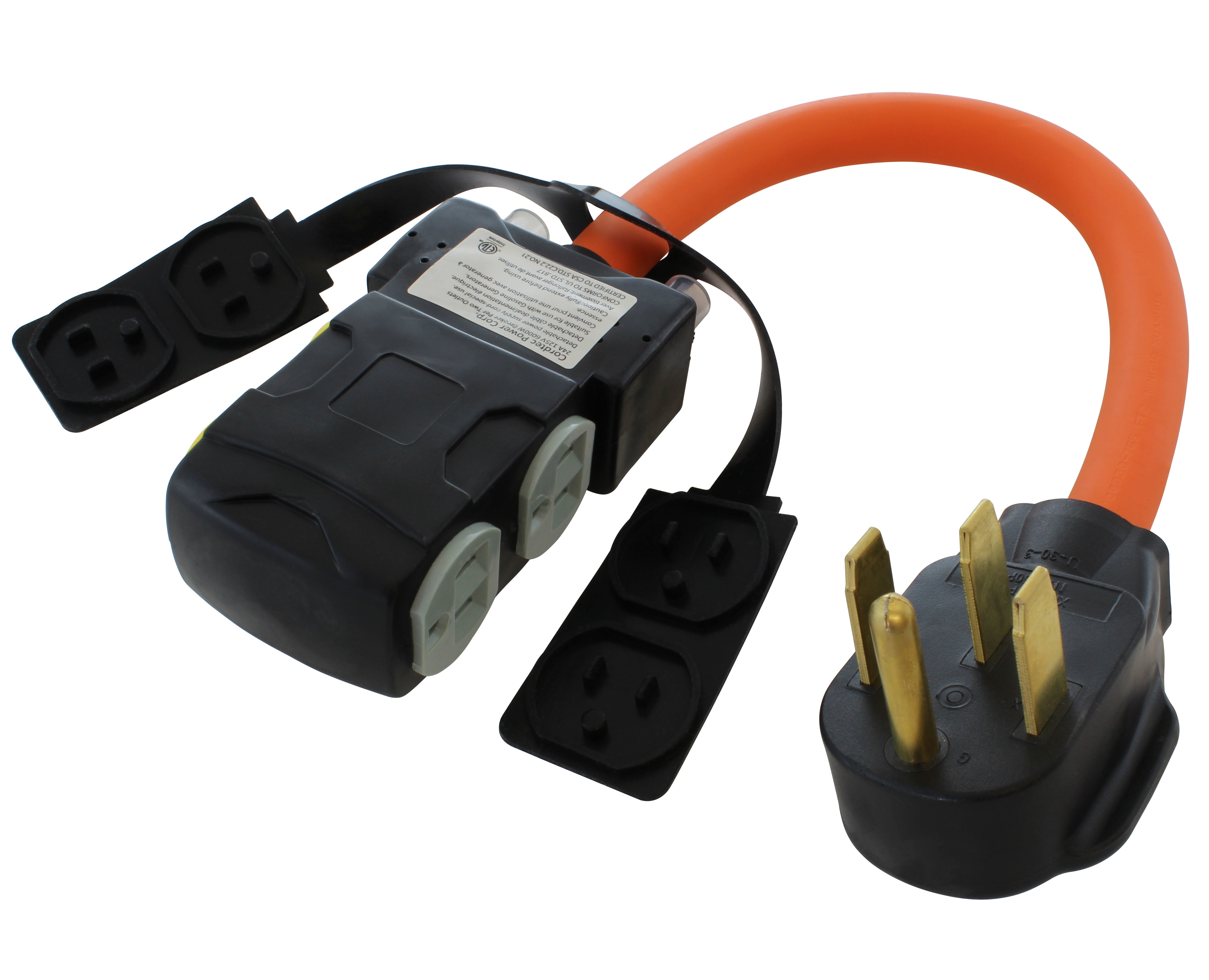
![AC WORKS® [ASINSS2PBX-G] 50A Locking 4-Wire CS6375/ SS2-50 Heavy-Duty Transfer Switch Inlet Box](http://acworks.com/cdn/shop/files/ASINSS2PBX-0_0206b362-7c90-42a5-8754-0685c13dab7e.jpg?v=1758051675&width=2500)

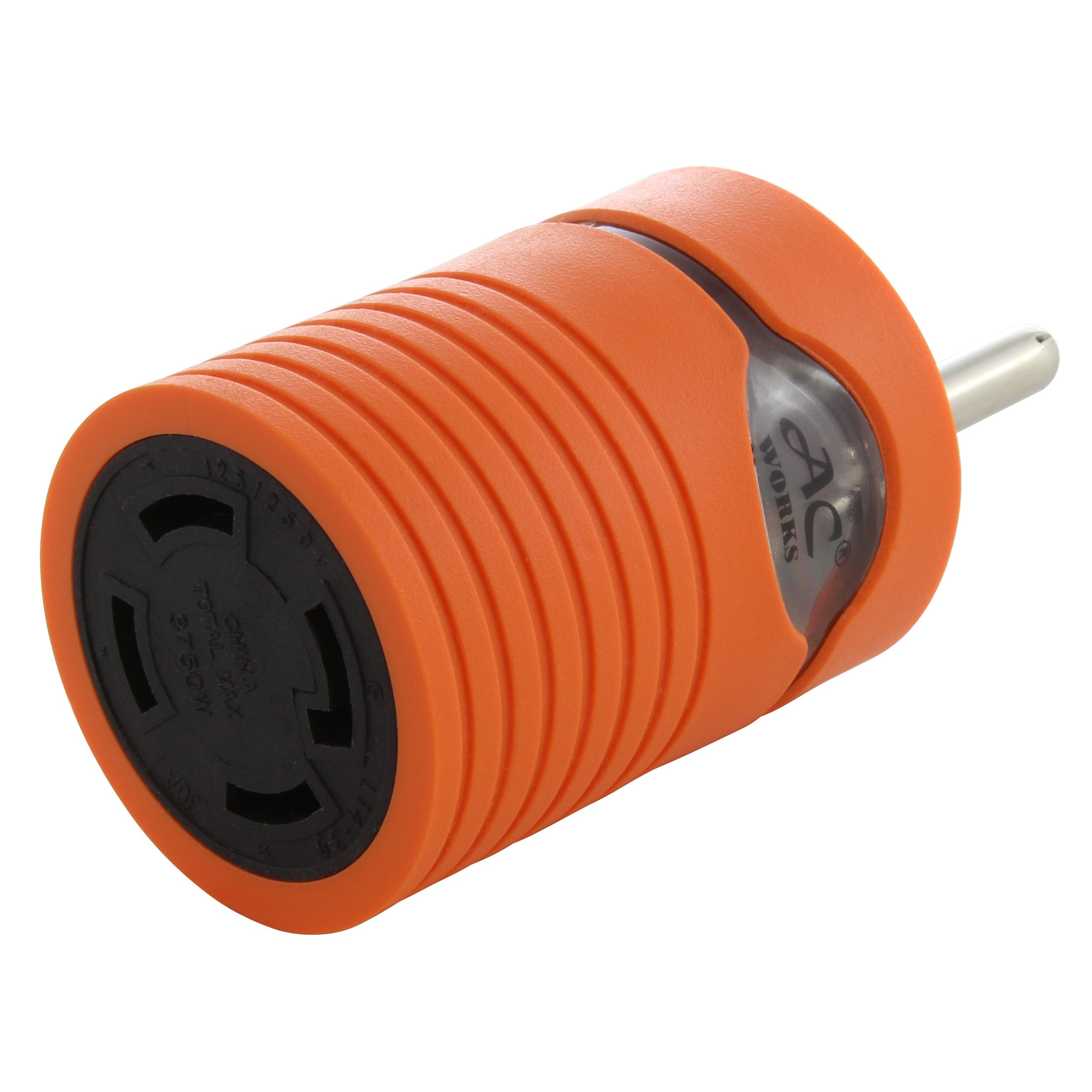
![AC WORKS® [S1430CBF520] 1.5FT 14-30P 4-Prong Dryer Plug to (4) Household Outlets with 24A Breaker](http://acworks.com/cdn/shop/products/S1430CBF520.jpg?v=1666103519&width=4656)
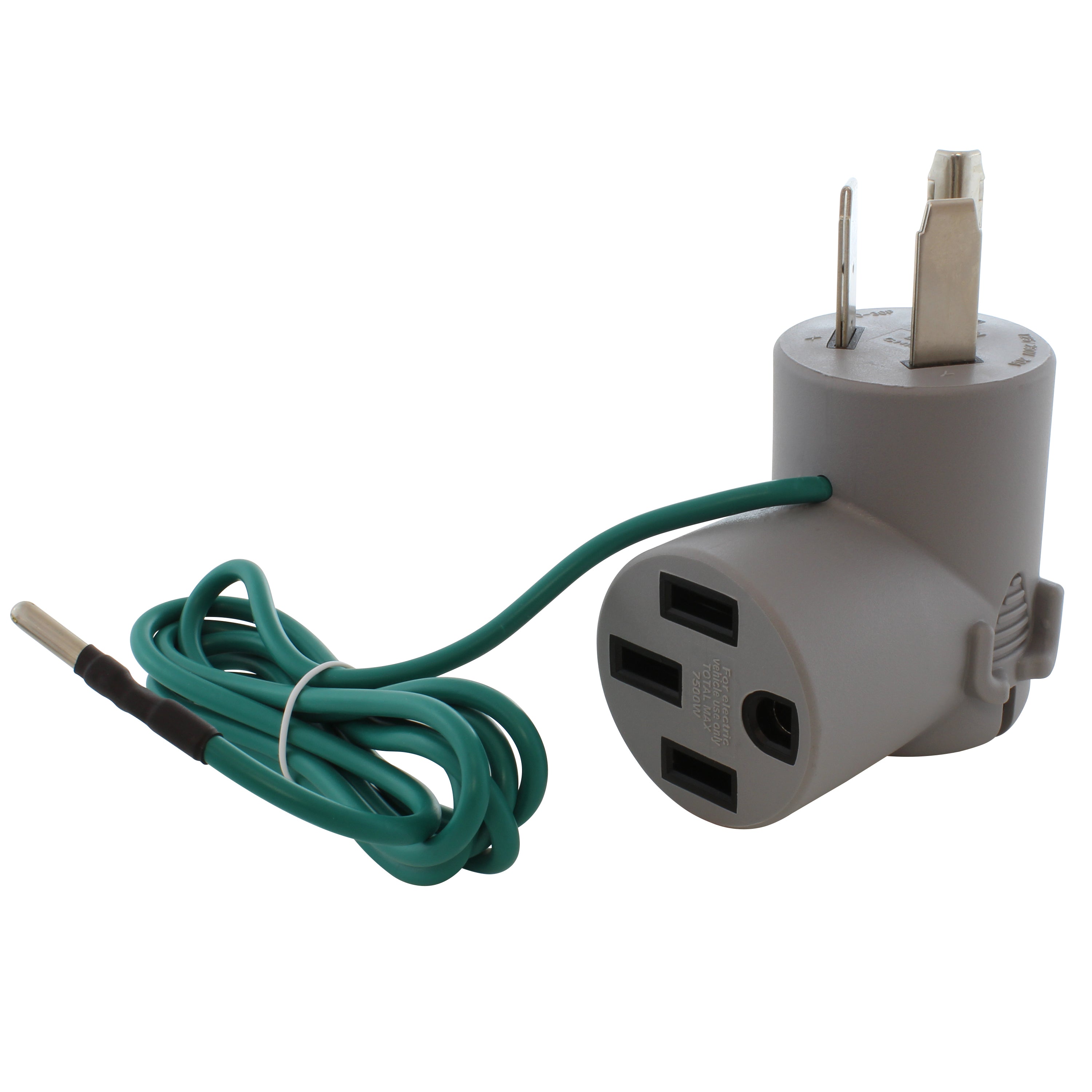
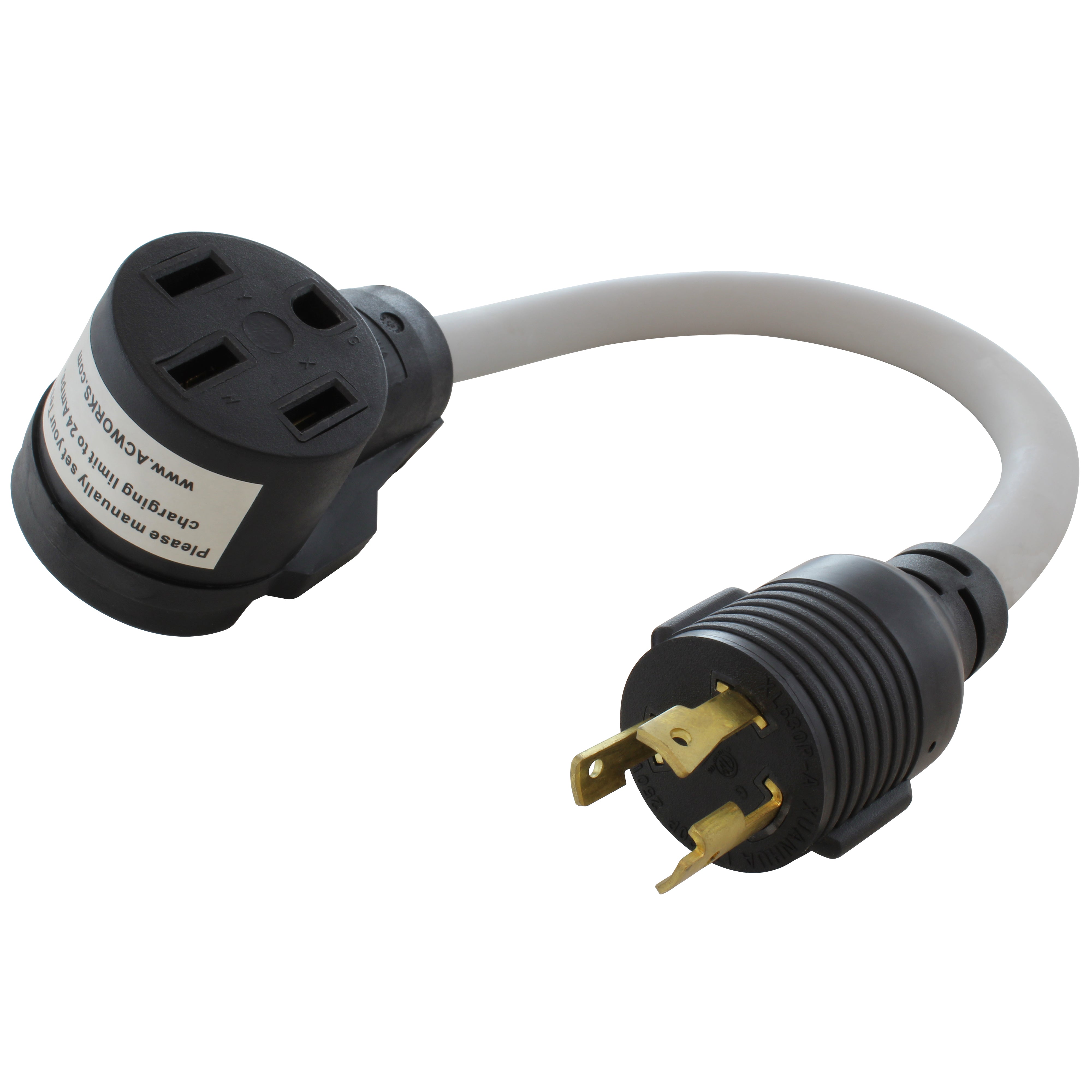
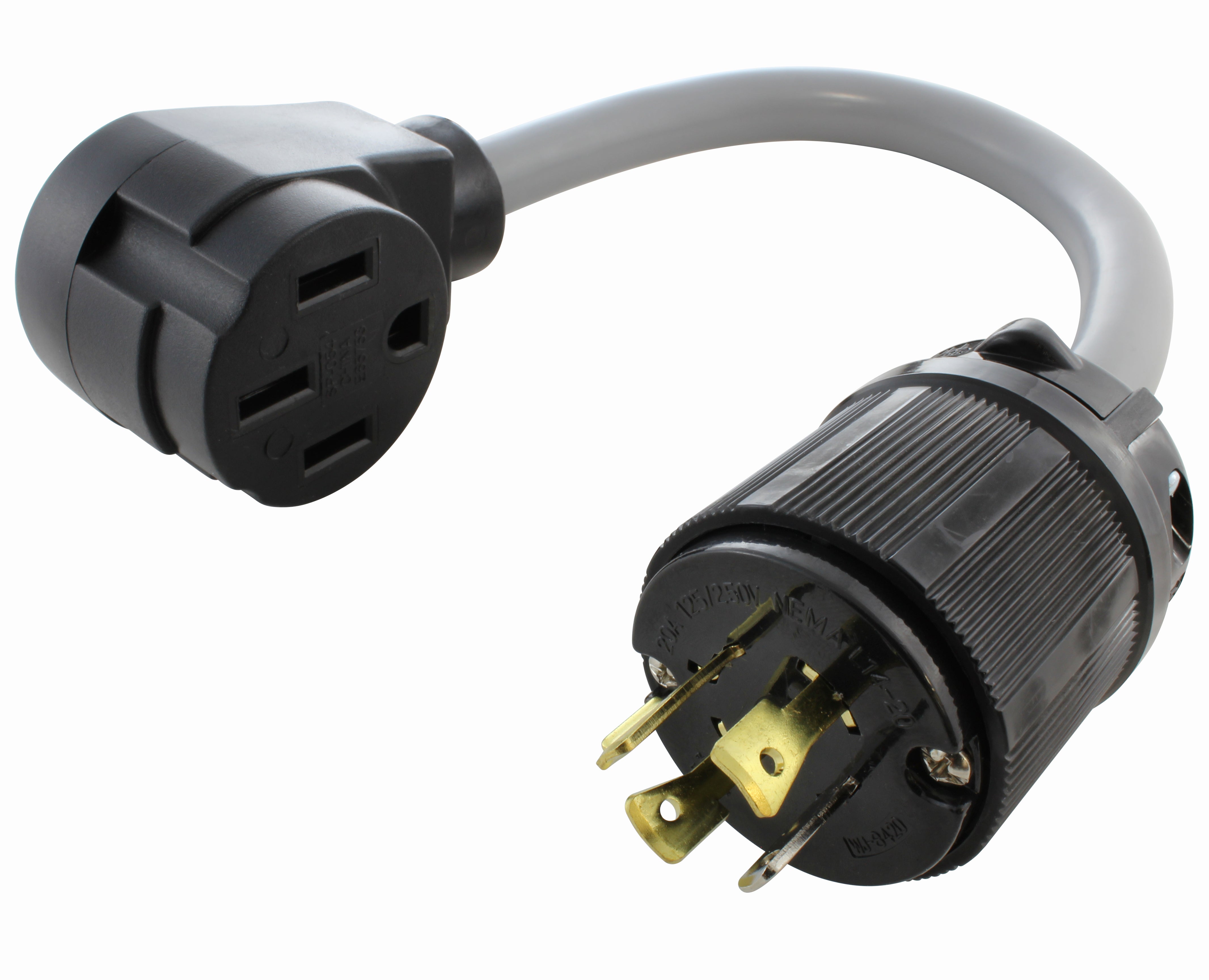



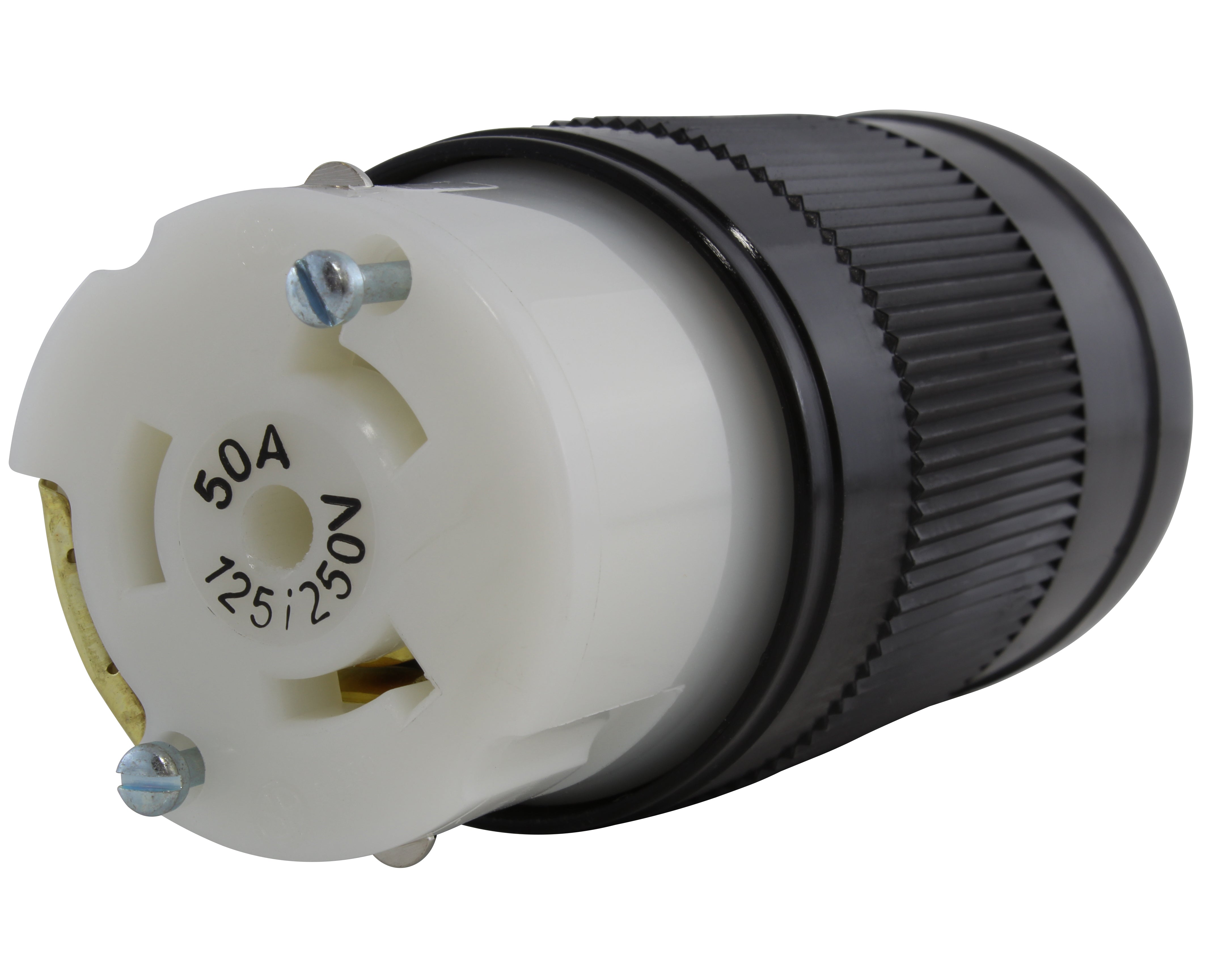

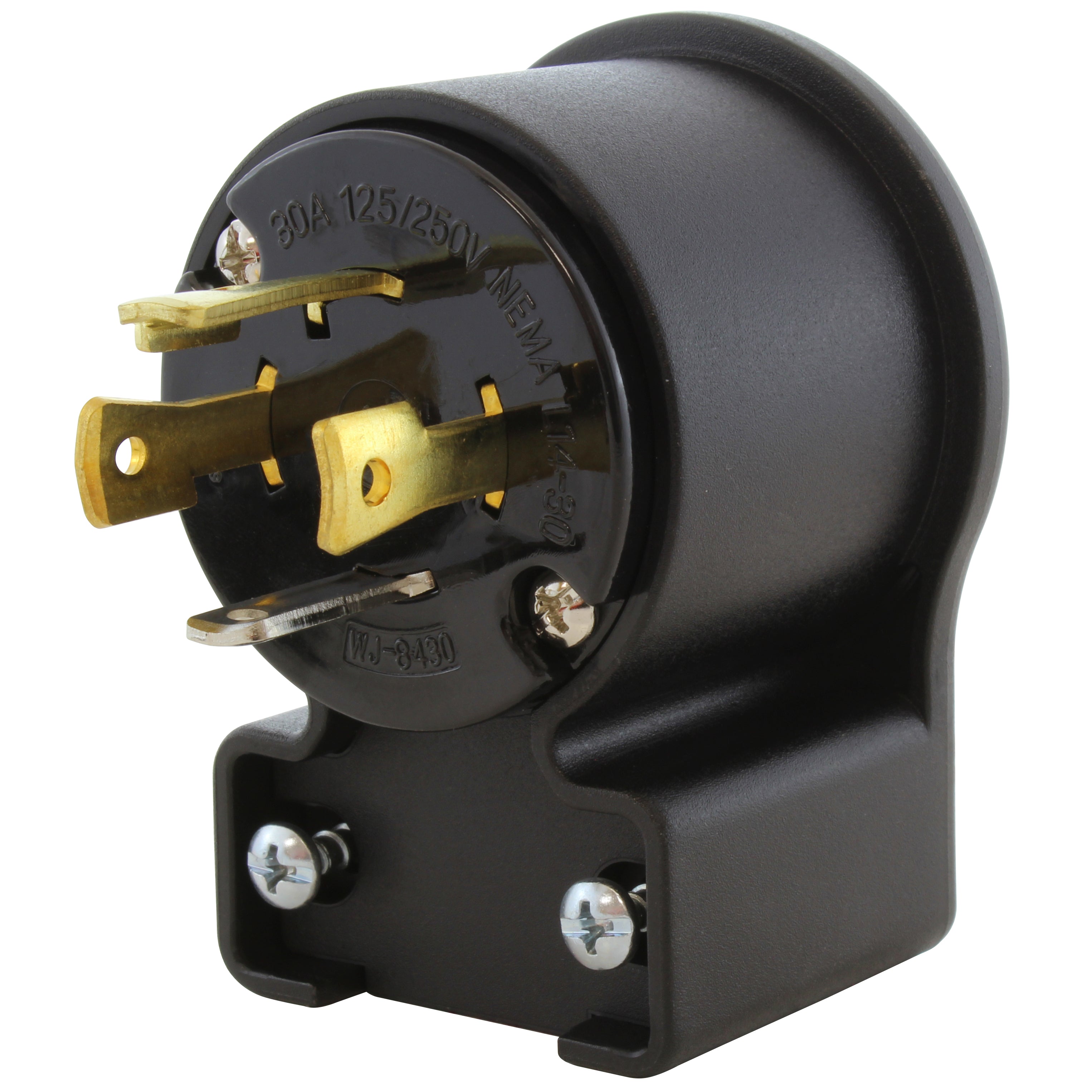
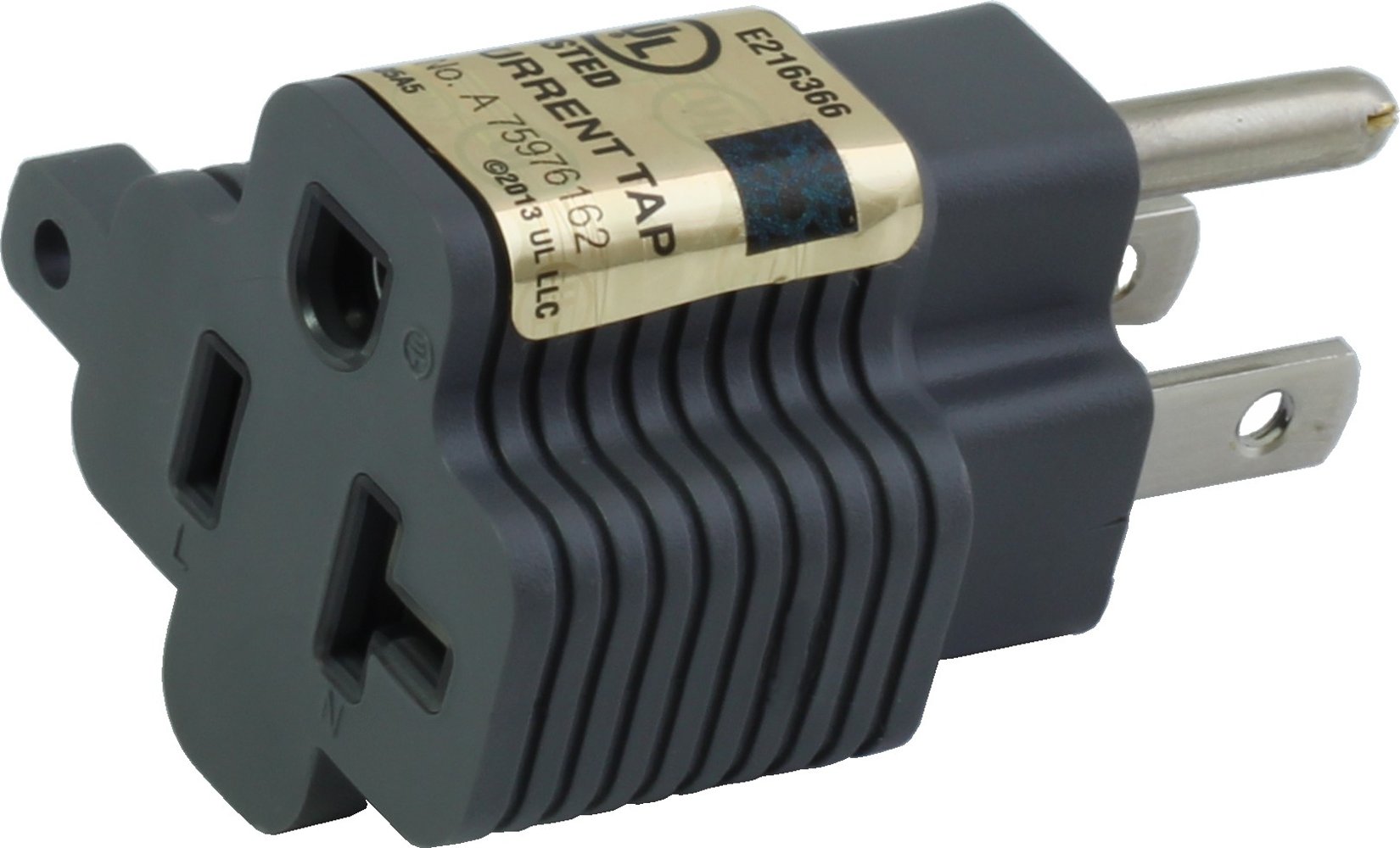
![AC WORKS® [ADV104] 3-Prong Heavy-Duty V-DUO Household Outlet Adapter](http://acworks.com/cdn/shop/products/ADV104-0.jpg?v=1605738768&width=3128)
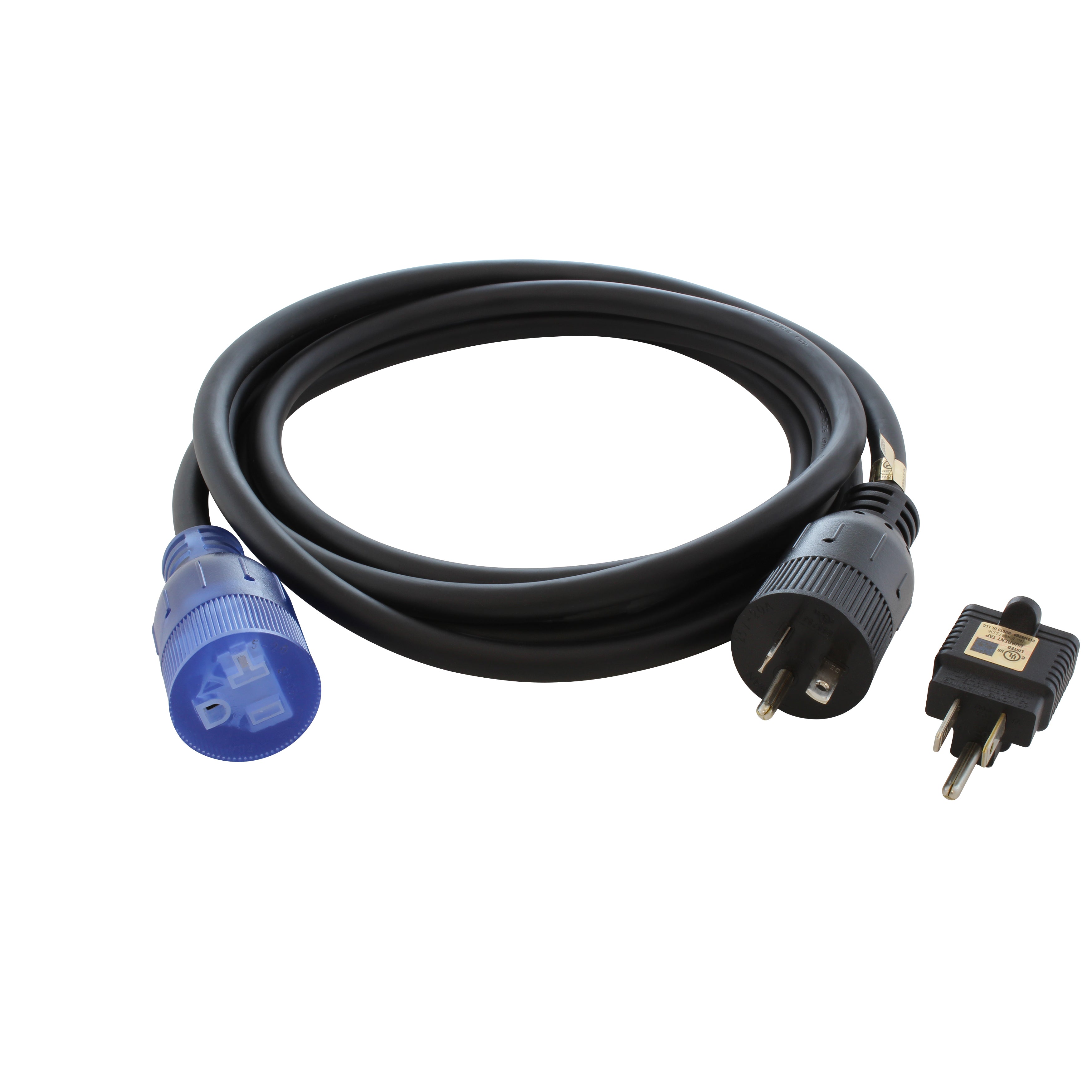
![AC WORKS® [XH515520] 15A to 15/20A 125 Volt Plug Adapter with ETL Safety Approval](http://acworks.com/cdn/shop/files/XH515520-0_daea425a-f439-48df-bb75-052167057f12.jpg?v=1729091519&width=2500)
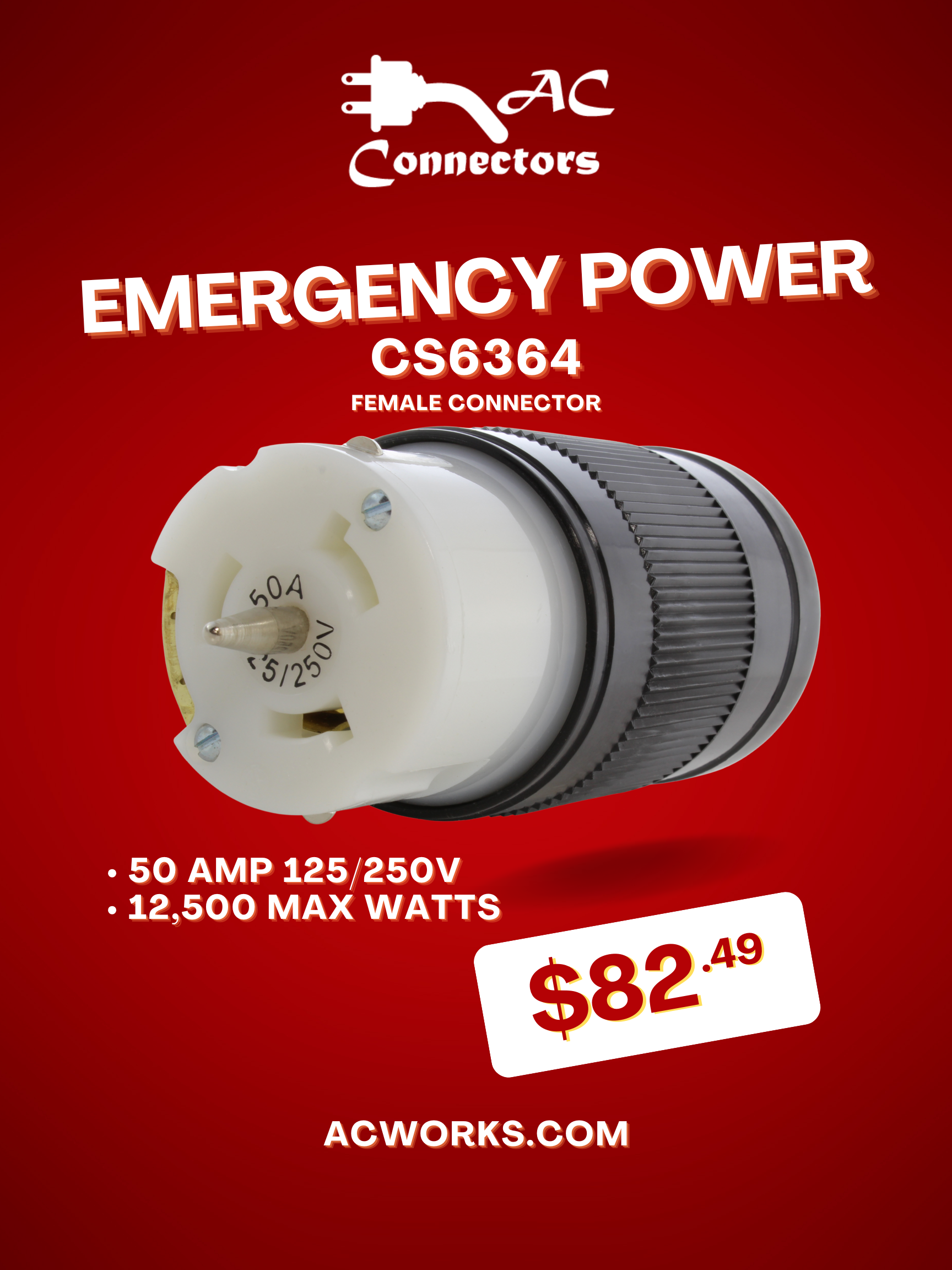


Share:
Frequently Asked Questions
Why we Love the Tesla Model S
9 comments
I found it helpful when you informed us that 220-volt is convenient for overnight charging when it comes to electric vehicles since they charge up to 60 miles of range per hour of charge time depending on the battery and the vehicle. My brother recently invested in an EV not too long ago, so he needs to set up a charging station for it at home as well. I’ll take note of this while I look for an electrician to hire for his EV charger outlet installation soon. https://www.brightelectrician.com/
Hello Mavourneen. What EV do you have? Does the level 2 charging plug match the outlet in your shed? Please reach out to us with these additional details.
If you have a Tesla with a Gen 2 Mobile Connector, you just need to have the corresponding plug on it.
Hi – I have a 220 outlet in my shed for a pottery kiln. Can I plug my level 2 ev cable directly into it? Or do I need a “box”? Thanks
Hello Dave. Yes, you should be able to. Please consult a local electrician to get the specifics on how it could be done.
Hello. For some reason my house has 2 water heaters installed in the garage. We rarely ever have a need for that much hot water so we typically leave the breaker to one of them turned off to save on the electric bill. What I’m wondering is if it is possible to install an outlet and a switch so that I can direct power to either the rarest used water heater, or a plug for my EV depending on which has the need at the time? The water heater is on a 30 amp line. Thank you.